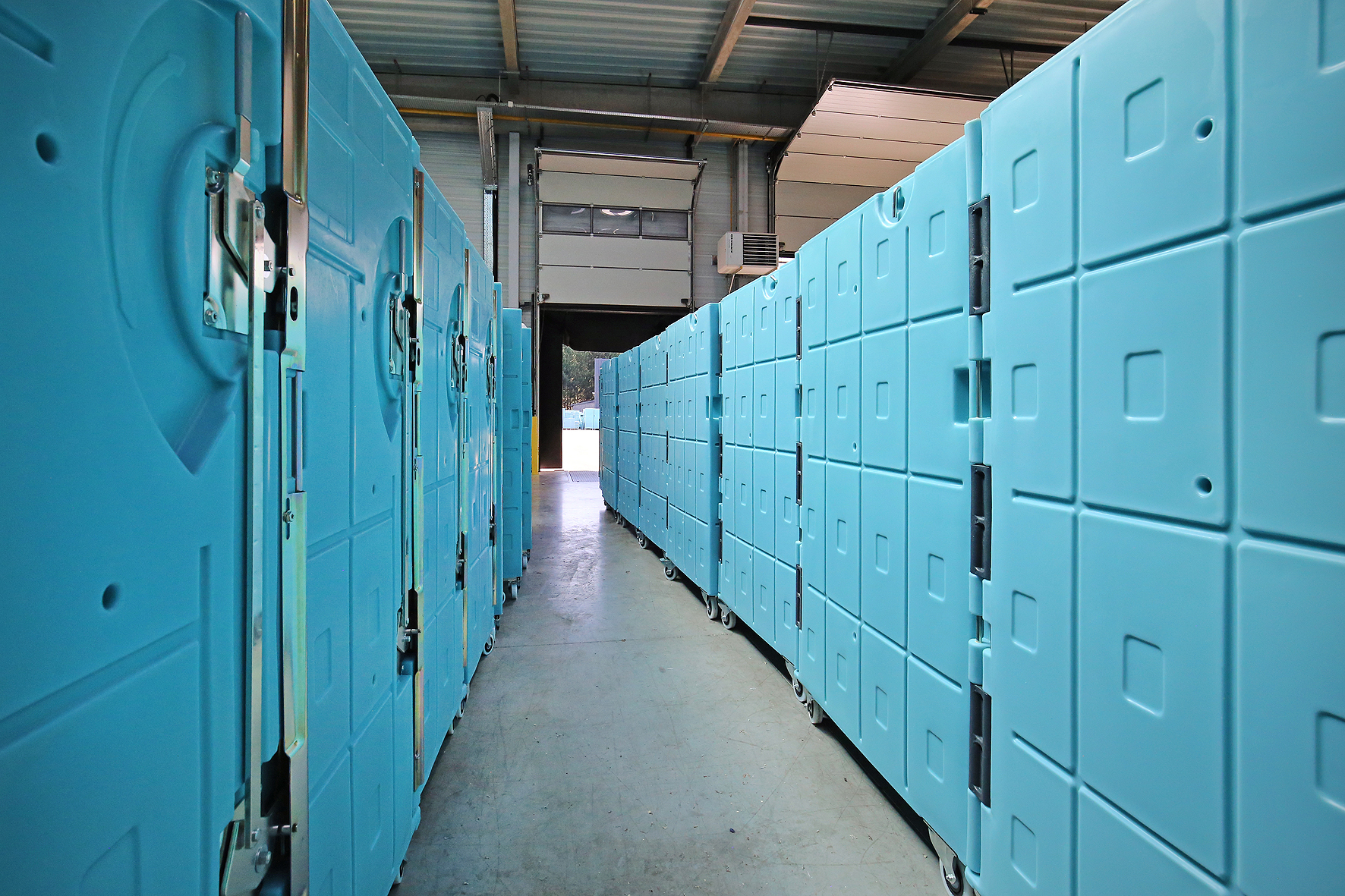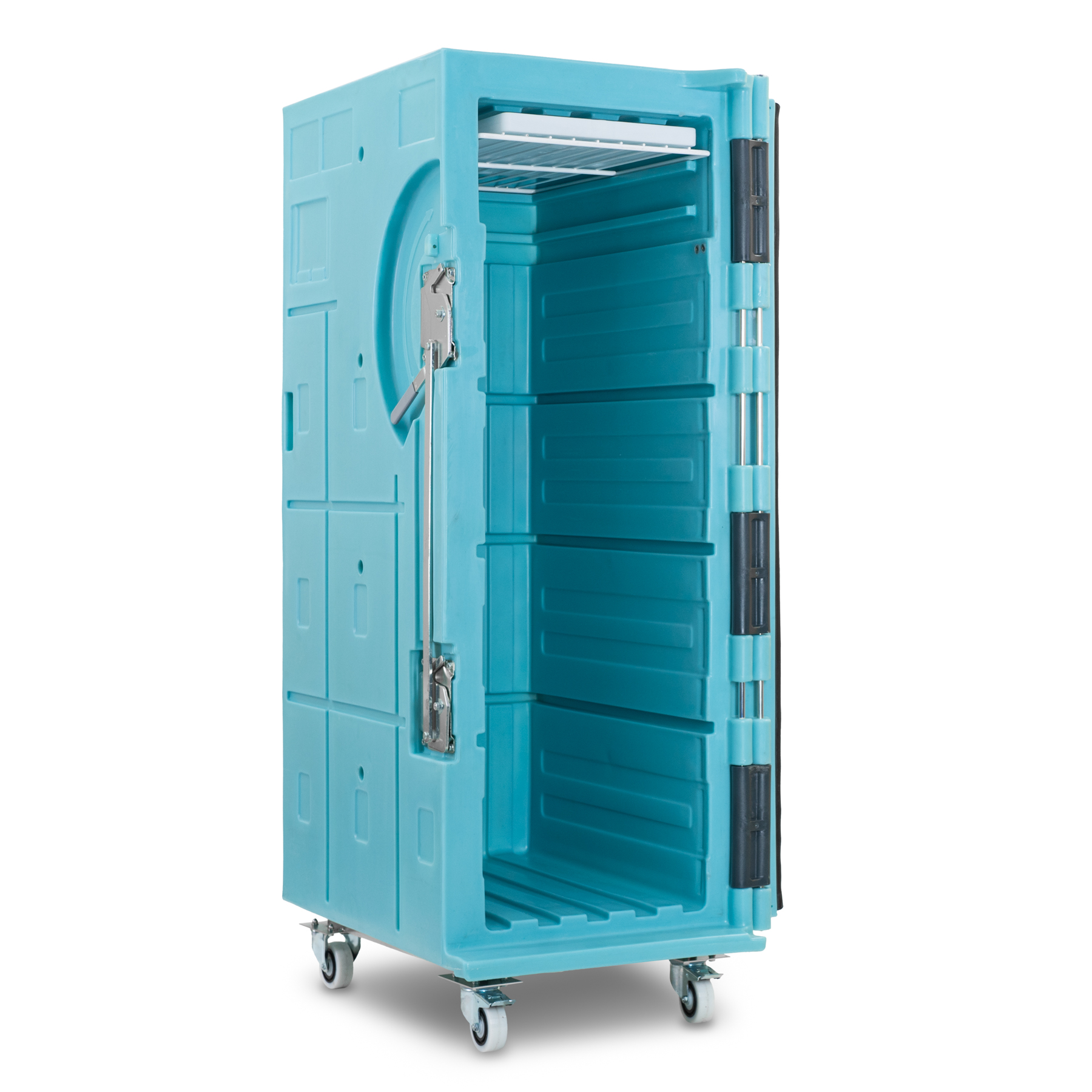Understanding and maximizing the use of eutectic plates in the supply chain
9 January 2025 by Edina GÁLFI

The Agreement on the Transport of Perishable Foodstuffs (ATP) sets the requirements for equipment and vehicles used in transporting temperature-sensitive products. This article explores the main features of the ATP, the requirements for insulated equipment, and the certification and compliance procedures for users.
The Agreement on the Transport of Perishable Foodstuffs (ATP) is a United Nations agreement signed by 48 countries that sets standards for the international transport of fresh or frozen products requiring controlled temperatures. The agreement aims to ensure the continuity of the cold chain during transport to preserve the quality and safety of perishable goods.
Each signatory country is free to impose its own regulations for domestic transportation. However, many European countries, such as France, Belgium, Spain, and Italy, have chosen to comply with ATP standards to harmonize transport requirements at the international level. This means that for cross-border transport, equipment must meet the strict standards defined by the ATP.
In France, Article 19 of the decree dated July 20, 1998, provides an exemption from the obligation to use ATP-compliant insulated equipment for journeys less than 80 kilometers (approximately 50 miles). This exemption applies to all types of transported products, whether fresh or frozen, provided there is no break in the load. However, this exemption pertains only to the obligation of means; maintaining proper temperatures remains mandatory. During inspections, non-compliant temperatures upon delivery can result in penalties.
An equipment is considered insulated when the box is constructed with rigid insulating walls, including doors, floors, and roofs.
An insulated unit is designed to minimize heat exchange between the interior and exterior, maintaining a stable internal temperature. There are two main categories of insulated equipment, defined by their thermal transmission coefficient, known as the K coefficient:
Refrigerated equipment, on the other hand, uses a cold source to maintain specific temperatures according to temperature classes, ranging from Class A (+7°C) for fresh products to Class C (-20°C) for frozen goods. Refrigerated equipment in Classes B and C must have a K coefficient equal to or less than 0.40 W/m²·°C.
The classification of insulation as normal or reinforced also determines the thermal performance of the equipment.
The qualification of an equipment’s thermal performance is based on an international reference for temperature classes:


Each unit is marked with its class, identified by a set of letters:
If the unit is equipped with a removable or non-autonomous thermal device, the identification mark is supplemented by the letter X.
In the case of Olivo containers, in the identification RRD-X or RRC-X, the letter X does not concern the autonomy of the unit but simply indicates the removable nature of the system. This is the case for the mixed SIBER® bin or the dry ice drawer.
Secure your products during transport
Discover Olivo’s solutions for maintaining stable and continuous temperatures.
The qualification of isothermal containers involves determining their overall thermal transfer coefficient, or K coefficient. This coefficient is measured under steady-state conditions by maintaining stabilized conditions in an isothermal chamber for at least 12 hours. The internal and external temperature values, as well as the heating or cooling power, are considered in this calculation.
Every six years, the manufacturer submits a “lead series” container for compliance testing to determine its insulation class. The results of these tests yield a test report (PV) that certifies the container’s insulation class.
In France, CEMAFROID is the competent authority for ATP certification. It operates as a public service delegation under the responsibility of the Ministry of Agriculture. CEMAFROID oversees the compliance of insulated equipment and refrigeration systems by conducting regular audits of manufacturers to ensure adherence to standards.
The Datafrig platform, offered by CEMAFROID, is an essential tool for managing ATP attestations. It allows users to:
ATP number requests can be made individually or for batches of containers, with associated fees for issuing numbers. The issuance of a single number is offered at a rate of €51.40, and €102.50 for a batch of two or more isothermal containers.
Manufacturers, such as Olivo, must be qualified to produce equipment compliant with ATP standards. Olivo, for example, is authorized both as a manufacturer of thermal devices and as an applicant for ATP technical conformity attestations. Audits conducted by CEMAFROID ensure that Olivo’s products comply with current standards.
ATP-compliant containers are marked with two plates:
These plates contain essential information:
This marking is crucial to ensure the containers’ compliance throughout their use.
The Agreement on the Transport of Perishable Foodstuffs (ATP) is a cornerstone in ensuring the safety and quality of perishable products during transport. With strict requirements for transport equipment, detailed classifications for insulated units, and rigorous certification and marking procedures, the ATP ensures the thermal performance of equipment used for transporting temperature-sensitive goods. However, maintaining product temperature results from applying several parameters. (Link to dedicated blog article)
It remains essential for industry stakeholders to stay informed about regulations and certification procedures to ensure compliance and the safety of transported products.
